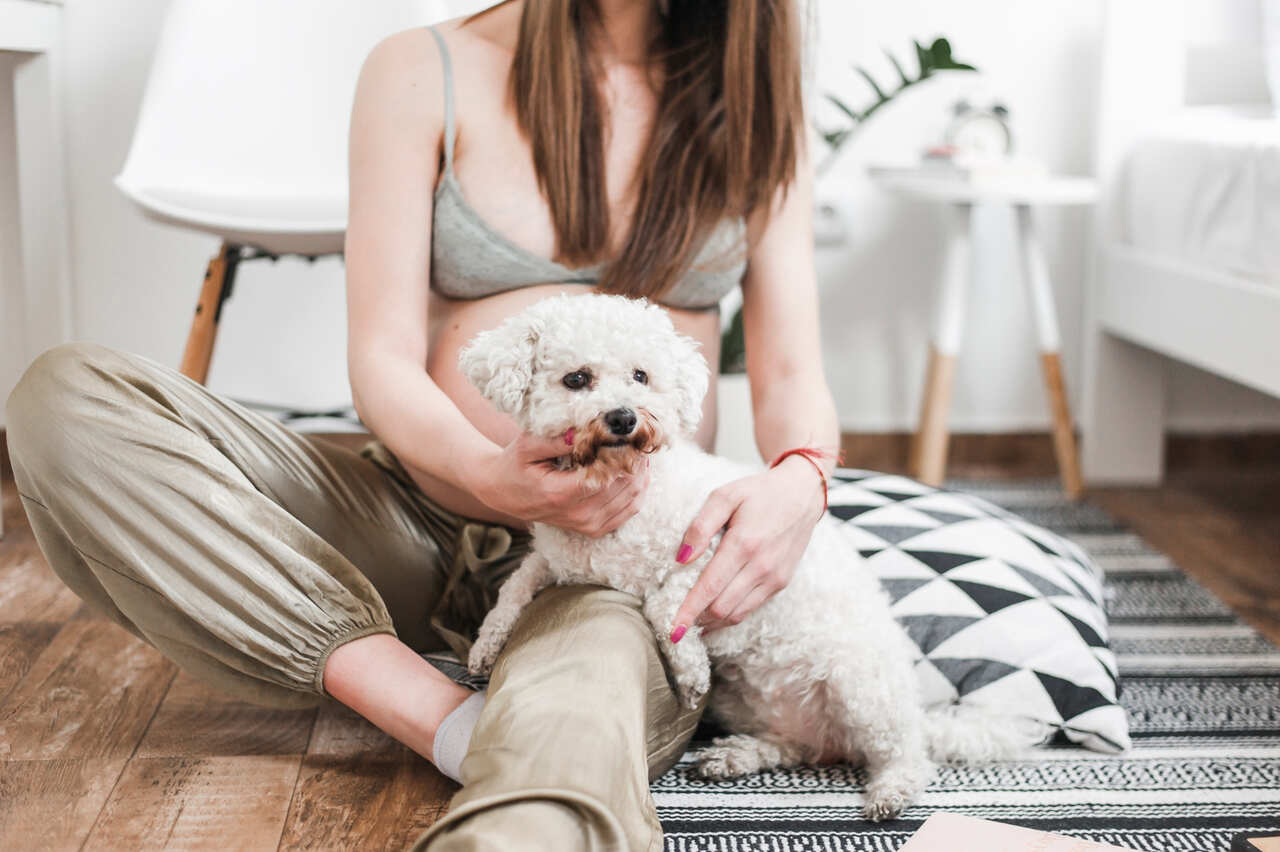
Pregnancy is an exciting time full of expectations and emotions, but for those with a dog at home, concerns may arise about how they will react to the arrival of the new family member.
+ Video: Dog confronts mountain lion and survives to tell the tale
According to animal behavior expert and functional home training specialist Bruno Nascimento, it is possible to prepare your pet for this transition in a calm and positive way.
Here, the trainer provides guidance and tips to prepare your dog and make this transition a peaceful experience for everyone. Remember that adjustments should happen both before and after the baby arrives.
Introducing the new family member
Dogs have sensory abilities more refined than humans, allowing them to perceive the movements of the fetus even inside the mother’s womb. One of the first steps recommended by the expert is to allow the dog to experience and hear what is happening with the baby while still in the womb, developing bonds and strengthening the connection between them.
After birth, the baby becomes a source of positive stimulation for the dog. It is crucial to be attentive because the dog will not have any familiarity with the newborn, making preparation both before and after birth essential.
Preparing the environment
Start by gradually introducing changes in the space, such as setting up baby furniture or establishing new routines, which helps the dog to gradually get used to the novelties. This prevents the dog from directly associating these changes with the baby, which could cause jealousy or stress if not done beforehand.
When making physical changes in the space, it is beneficial to introduce sounds that the baby will make in the future (crying, laughter, etc.) and after this exposure, always reward the dog with positive stimulation (playtime, walks, treats, etc.).
Adapting to the new routine
The dog’s routine will certainly be impacted by the arrival of the baby, and it is essential for them to adapt to these changes before the big day. Start adjusting times for walks, feeding, and attention, as well as simulating the routine you will have after the baby’s birth to familiarize the dog with this new dynamic. After the birth of the new family member, it is important to provide positive stimulation as exemplified earlier.
Introducing the baby’s smell
Another valuable tip is to familiarize the dog with the baby’s smell even before they arrive home. A good idea is to bring a piece of the baby’s clothing from the hospital and let the dog smell it, always followed by positive stimulation. This helps them recognize the baby as part of the family, reducing anxiety and excessive curiosity.
Training and behavior
Training is a crucial part of the process. It is important to reinforce basic commands like “sit,” “stay,” and “come,” which will be useful for controlling the dog in situations where you need more attention to the baby. Also, train the dog to respect the newborn’s space, such as the crib and the room, to prevent them from entering these areas without permission.
Positive reinforcement
Using techniques of positive reinforcement is essential to teach the dog that the baby brings good things. Always reward them when they behave well in the presence of the baby or during interactions with their items to create positive associations. This is of utmost importance and helps the dog see the new family member as a source of good things.
Monitoring and safety
Finally, never leave the dog and the baby alone unsupervised. Even the gentlest dog can react unexpectedly to a new stimulus. Always supervise interactions and, if necessary, use physical barriers like gates to separate the dog and the baby, for example, when you cannot closely monitor them.
Preparing your dog for the arrival of the baby requires planning and patience, but with the right strategies, you can ensure a harmonious coexistence. “With a little time and effort, you can help your dog adapt to the new family dynamics and ensure that all household members, both human and canine, are happy and safe,” concludes Bruno.
This content was created with the assistance of AI.

